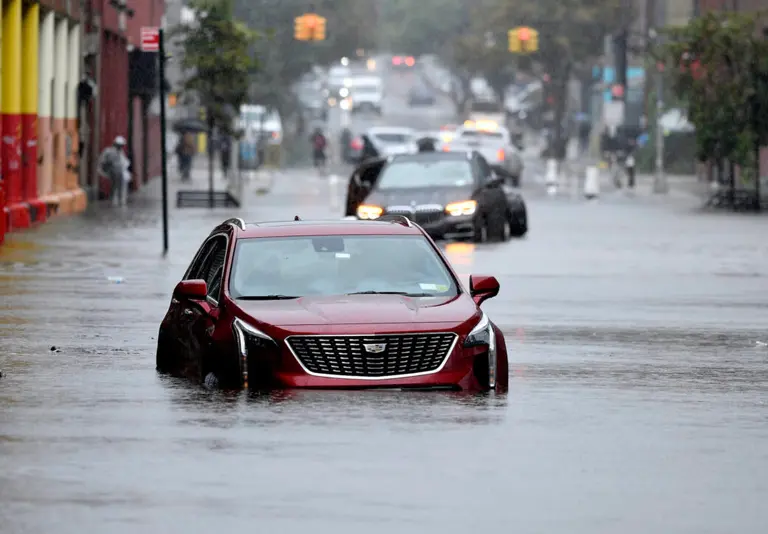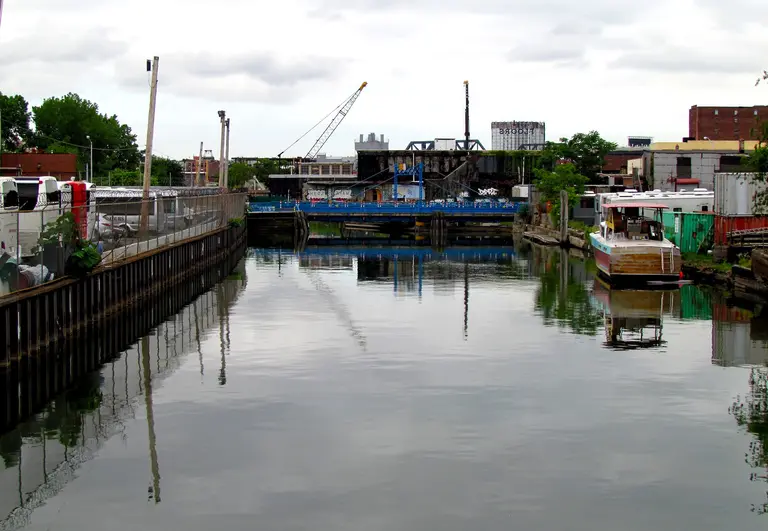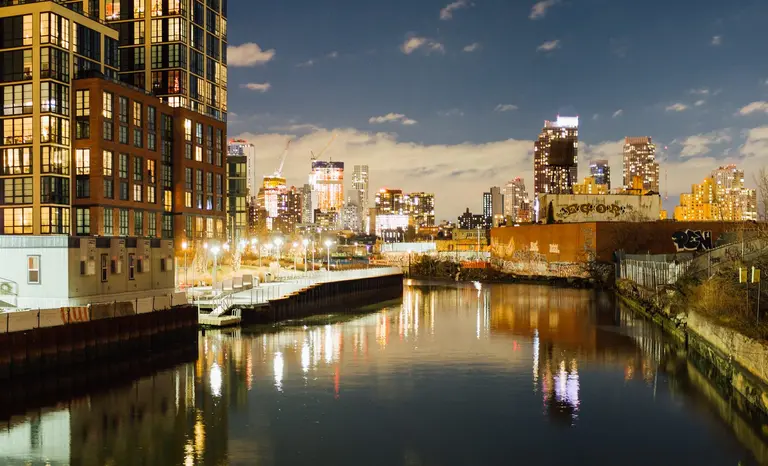September 25, 2019
Photo by Danny Navarro / Flickr cc
Since taking office, Donald Trump and his administration have been proposing cuts to the U.S. Environmental Protection Agency that would decrease funding for the cleanup of the Gowanus Canal. Declared a federal Superfund site in 2010, the Canal has a major issue with combined sewer overflow (CSO), which occurs when heavy rainfall overtaxes the sewer system and causes stormwater runoff and wastewater to empty into the waterway. As Brooklyn Eagle reports, the city's proposal to mitigate this issue was to "replace two [CSO] retention tanks holding 8 and 4 million gallons with a 16 million-gallon CSO tunnel running beneath the upper portion of the canal." However, in a letter obtained by the Eagle, Trump EPA appointee Pete Lopez said that they would instead install two large retention tanks along the Canal walls.
What next?



